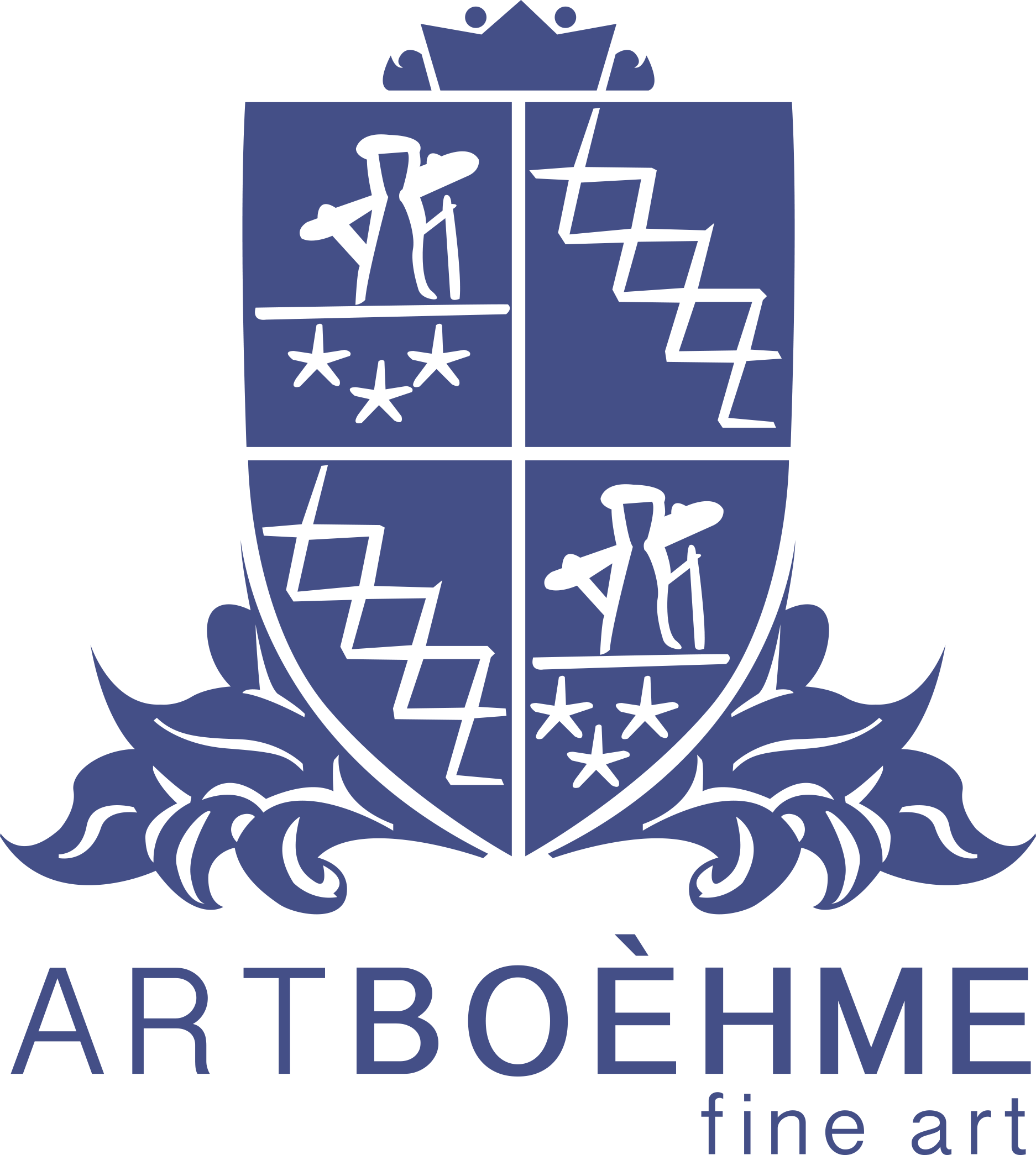Booming Art Market bolstered by Swiss free ports
Massive storage units around the globe are increasingly in demand by the booming art market, offering a duty and tax-free place to store art and make sales easier. Switzerland remains a global leader in this middle-man arena. The globalisation of the art market is dramatically changing the international landscape of art. Free ports, also referred to as bonded warehouses, serve as its logistics backbone as they allow works of art to be stored or transported in the best conditions while waiting to change hands.
Switzerland has always been a major player in the field, with more than a dozen free ports, the larger ones being in Chiasso, Zurich, Basel and Geneva. Geneva is said to concentrate the greatest amount of art of any storage in the world, much of it of museum quality. “Most of the art owned by our fund is in Geneva,” confirmed the Geneva-based group sales director for an international Fine Art Fund, a highly successful art investment partnership created many years ago. There are now 40 similar funds, 20 of them Chinese and most of them created in the last few years.
“But that doesn’t mean that the art remains hidden. The idea that art in free ports never gets shown is a myth,” the fund manager continued. “Owners have every reason to lend generously. When works they possess are exposed by prestigious institutions, they naturally increase in value.” (The Kunsthaus Zurich recently showed part of the legendary collection of a billionaire which is stored in Geneva’s free port.)
Fiscal Limbo
The deep changes occurring in the art world are however transforming the original purpose of free ports, which was to defer formalities until such a time as the art reached its final destination. The fiscal limbo of free ports is a great springboard for an investment market that has no need for the physical presence of goods. According to research by the Mei Moses All Art Index, art has consistently outperformed equities since 2000, with only a slight dip during the 2008 economic downturn. High net worth individuals looking to diversify their portfolios and investment funds are therefore purchasing art like never before, but not necessarily to live with it.
It follows that secure storage, preferably outside the fiscal legislation of any given country, is in great demand as art works weave their way in and out of financial transactions while remaining in warehouses.
So much Art
The art market is currently estimated to be worth more than CHF/USD 60 billion. Art markets are increasingly linked to financial markets, according to the manager of a London-based market research company. “People across the world are buying art,” the analyst emphasised. He attributes the explosive growth of the art market not only to investment funds, but also to the multiplication of art fairs, auction sales and new art collectors. There is so much art, he said, that we are running out of space “I know a number of collectors whose passion outran their walls long ago, but who keep buying. Up to 80 per cent of their collection ends up in bonded warehouses.” Even museums only show a very small portion of their possessions at a time.
As a result, the need for strategically placed professional services to ensure the safeguard and preservation of fine art is increasingly important.
Fort Knox
Free ports are not only temperature and humidity controlled, they also come with an armada of essential services: security, restoration, framing, authentication, evaluation and specialised transportation, to name only a few. “Preserving art in optimal conditions is the main reason for using warehouses,” insisted framer who opened an antenna to his shop in Geneva’s free port some years ago. Although free ports are guarded like Fort Knox, “Geneva is less mysterious than many make it out to be,” he stated. Some of the vaults even resemble luxurious galleries, although with a constant temperature of 17 degrees Celsius “we freeze in there,” he said.
Art preservation, he contended, is demanding. A large part of the success of free ports, he believes, is the quality of the services on site, including those provided by the forwarding agents. Thus, Natural Le Coultre, the world’s largest art storage and logistics operator states: “The art market has increased fourfold in recent years. The fact that there are more artists than ever before and that contemporary art tends to occupy greater volumes has also increased the need for state-of-the-art facilities.”
“Art is a Currency”
As a result, Geneva has ben expanding, with a new building opened in 2013, Singapore inaugurated a large facility in 2010 to cater to the rising Asian art market and a free port became operational in Luxemburg in 2014. Because security conditions are paramount, Natural Le Coultre dismissed the idea that shady deals remain rampant in free ports: “Everything is scanned on entry.” In 2005, Switzerland introduced legislation to verify provenance and ownership of all cultural goods and in 2009 it made complete inventories obligatory. Switzerland, with its numerous art collections, museums, galleries and art fairs has always cultivated its high art profile. The novelty is that its free ports have become key players in the booming international art market.
“Art is a currency that flows between countries,” the market analyst said, intent on pointing out that hypothetical returns are not always the main reason for buying. “Art procures prestige, as well as enjoyment.”
“Free ports are protecting our artistic heritage on the move,” he concluded.
